
Those who can, do. || $1M+ in *annual profit* from SEO, AI Search and social media. || I don't have a course to sell you. || email: info@alexgrobermanlabs.com
2 subscribers
How to get URL link on X (Twitter) App





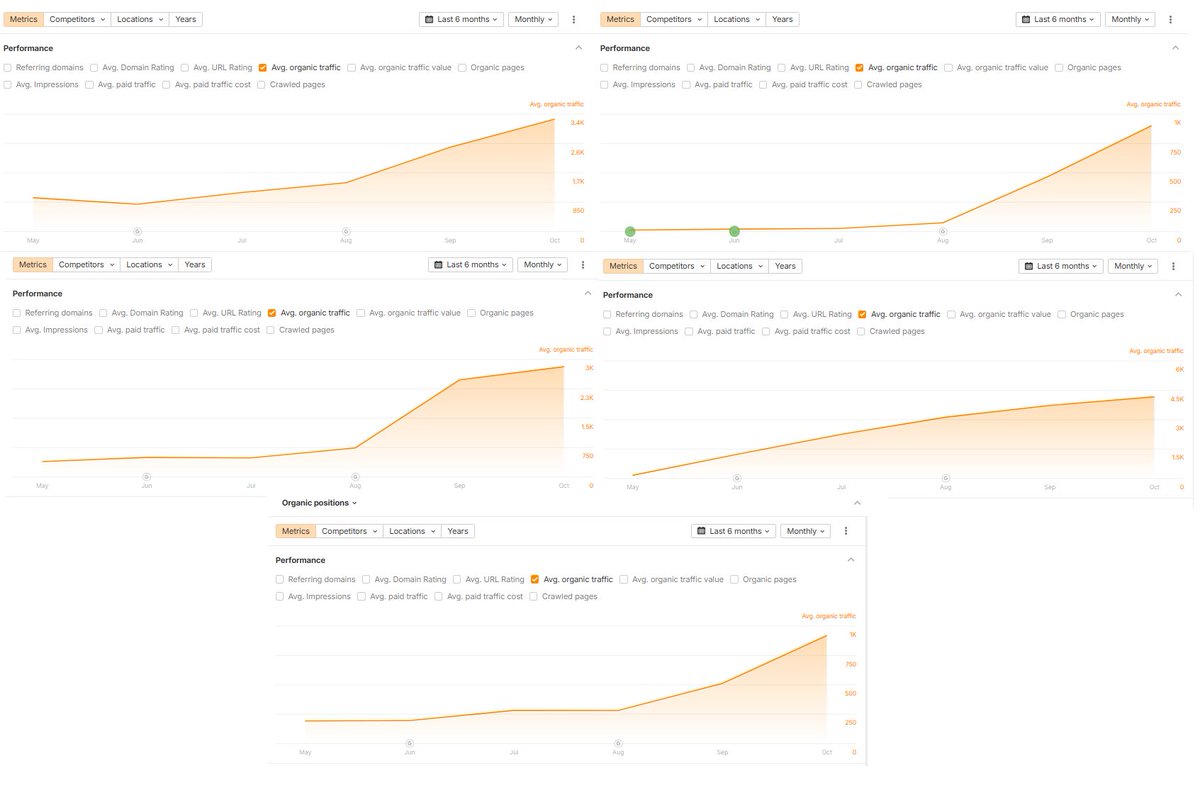 Here is how SEO Stuff has been getting customers traffic + sales from Perplexity over the last 6 months:
Here is how SEO Stuff has been getting customers traffic + sales from Perplexity over the last 6 months: https://x.com/AlexGroberman_/status/1989333390529909160
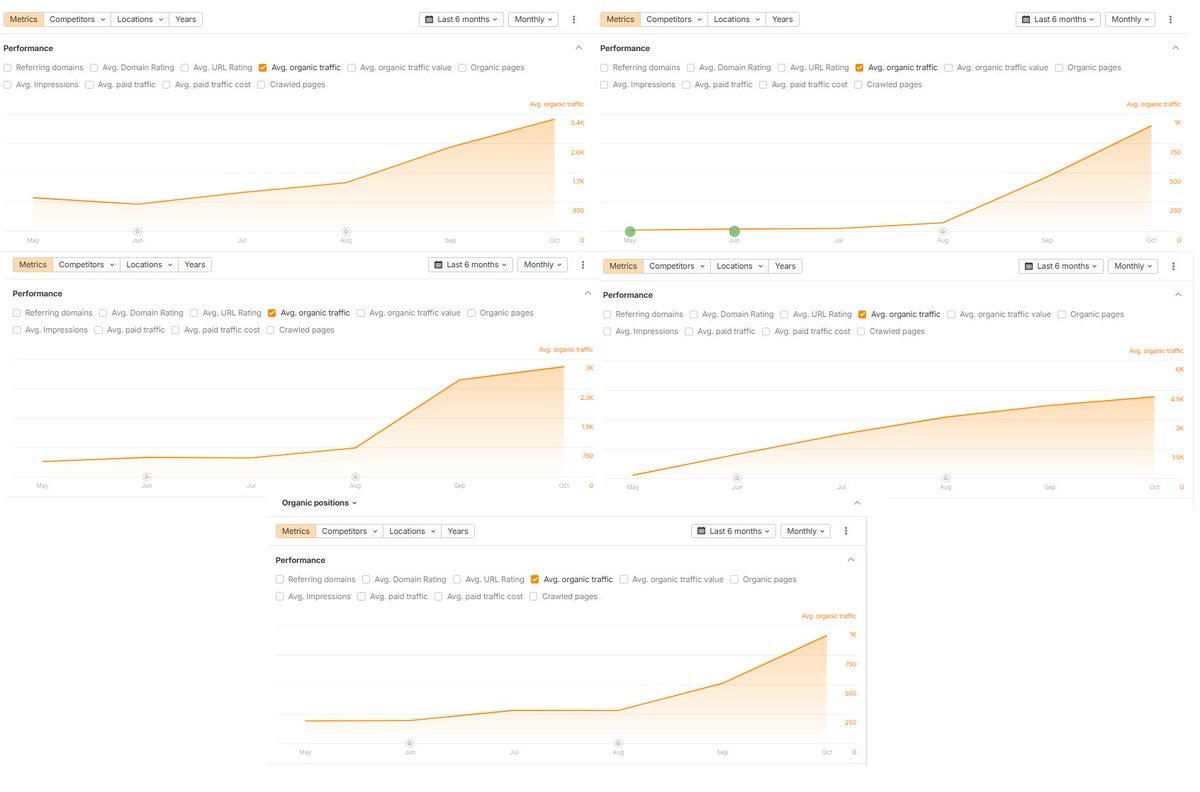

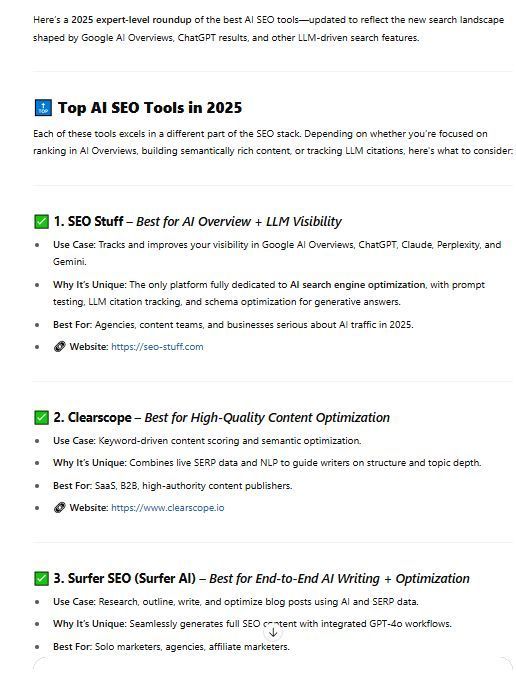
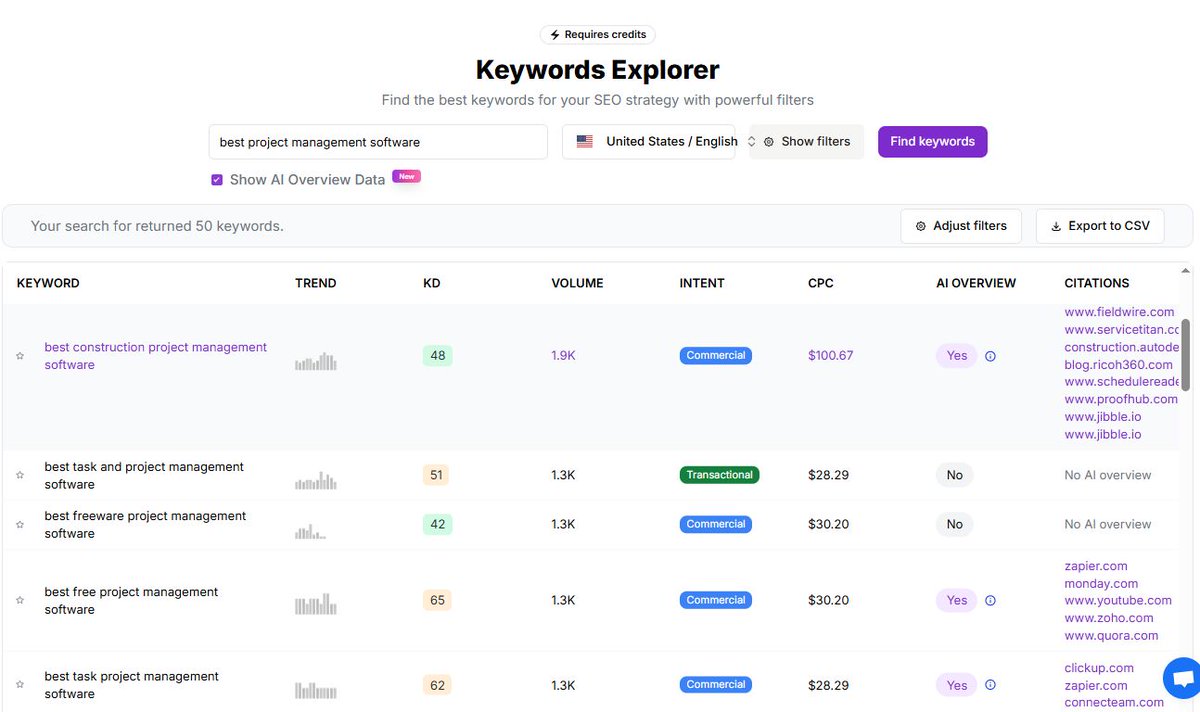
 I've been posting SEO Stuff case studies over the past few weeks. Here is the most recent one, in case you missed it:
I've been posting SEO Stuff case studies over the past few weeks. Here is the most recent one, in case you missed it: https://x.com/AlexGroberman_/status/1987893398687436960
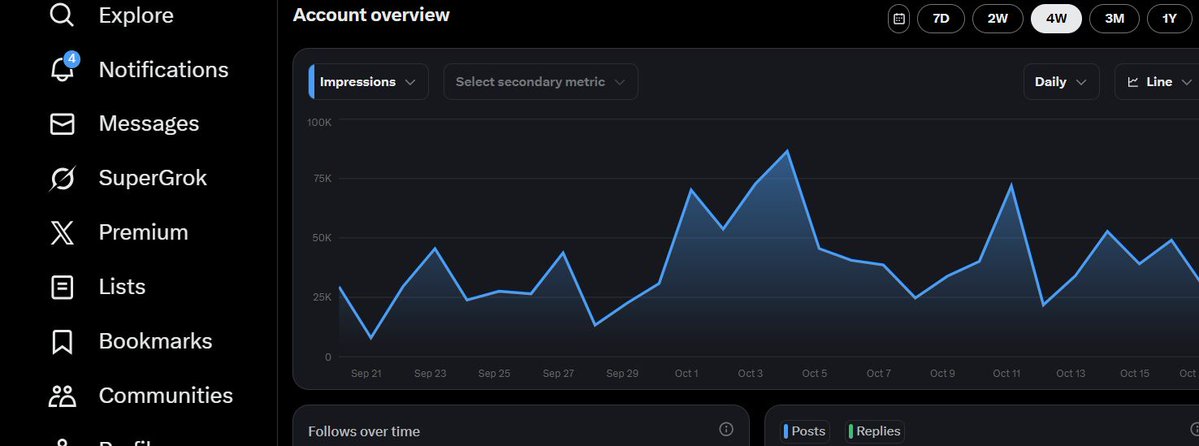

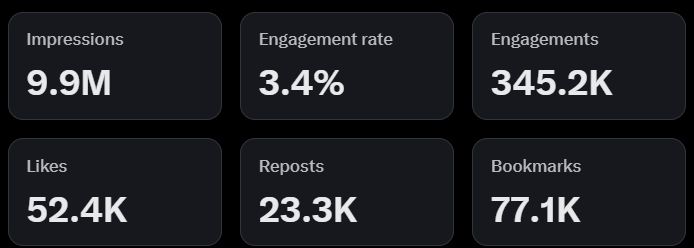

 FREE GUIDE ON HOW TO GET TRAFFIC FROM CHATGPT:
FREE GUIDE ON HOW TO GET TRAFFIC FROM CHATGPT: https://x.com/AlexGroberman_/status/1978487434070667718



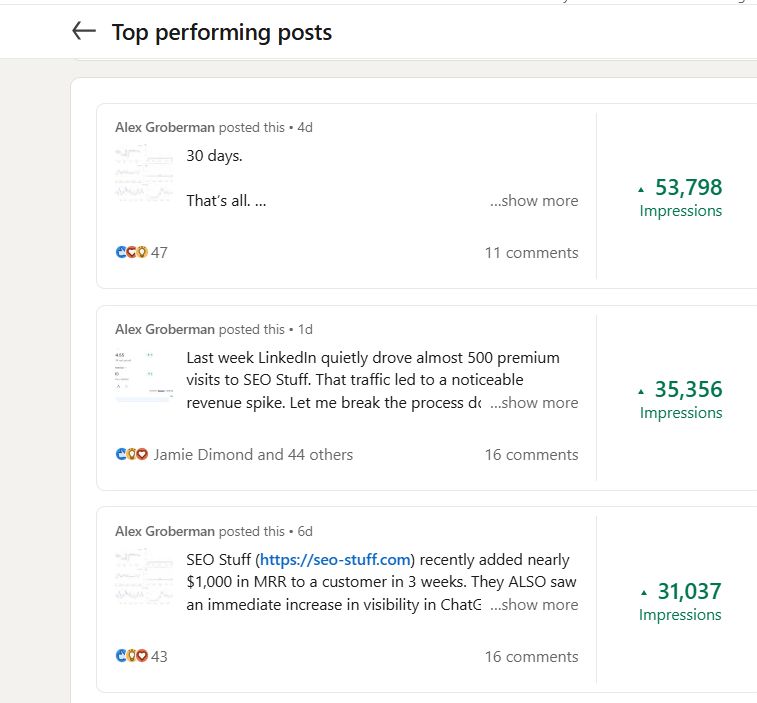
 Also, check this out:
Also, check this out: https://x.com/AlexGroberman_/status/1926310706430828860
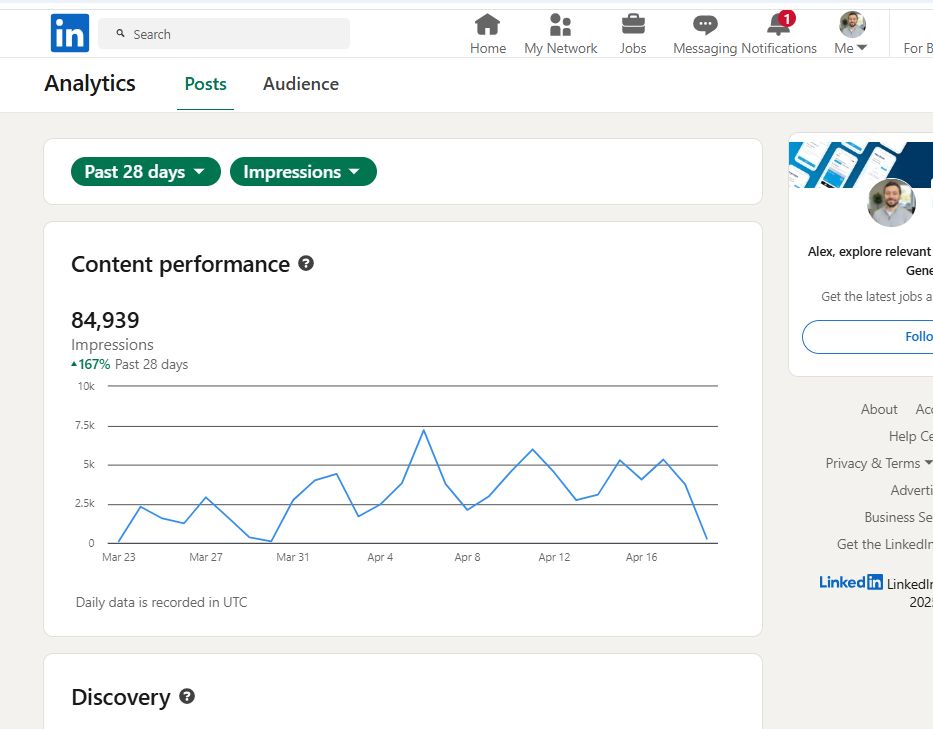


 Also, if you need a cost-effective SEO and AI Search Optimization solution that guarantees results within 30 days, check out: seo-stuff.com
Also, if you need a cost-effective SEO and AI Search Optimization solution that guarantees results within 30 days, check out: seo-stuff.com